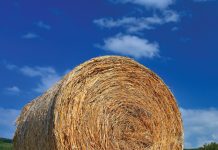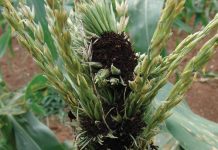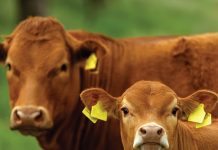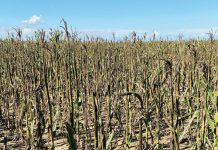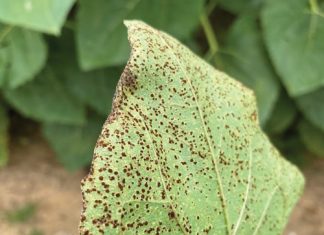
ARC-Small Grain, Stellenbosch
Since the domestication of wheat approximately 10 000 years ago, it has been an important crop throughout many civilizations. This is also the situation in South Africa where approximately 3,2 million tons of wheat are consumed annually. South Africa, however, remains a large importer of wheat with an average of 1,7 million tons imported annually.
It is expected that the world population will reach 8 billion people by the year 2050, which will require a wheat yield increase of up to 40%. Climate change and consequential periods of drought and flooding combined with disease threats represent huge challenges for wheat production. A study on the effect of temperature on wheat yield in South Africa showed an 8,5% wheat yield loss for every 1 °C increase, increasing to 18,4% and 28,5% yield loss under a 2 °C and 3 °C increase, respectively (Shew et al. 2020).
To keep up with the increasing demand for wheat in the light of a growing population and climate change, there is a need to increase wheat yields in challenging environments, while ensuring better wheat yield stability for the wheat producer. Taking on the challenge of increased wheat production in South Africa, the ARC has established a spring wheat breeding programme for the winter rainfall region of the Western Cape (Swartland and Rûens). The Western Cape is considered the ‘breadbasket’ of South Africa, producing 60% of the total quantity of wheat annually produced in the country. The primary aim of the spring wheat breeding programme is the development and release of wheat cultivars with high and stable wheat yields that have the ability to adapt to challenging environments (drought, poor soil quality, etc.). In addition to yield, this breeding programme also focuses on the integration of disease resistance genes (leaf, stem, and stripe rust; powdery mildew; and head blight), thereby reducing the reliance of wheat producers on fungicides. Lastly, milling, baking, and grading qualities must also be maintained to meet the prescriptions of the milling and baking industry.
Wheat breeding programme outline
Wheat breeding with the aim to improve yield is an extremely complex process, in part due to the complexity of the trait (quantitative trait) and the fact that yield is the result of an interaction between the genetics of the plant and the environment (G X E). The
programme follows a conventional breeding approach, incorporating technologies such as marker-assisted selection, bioinformatics, and phenotypic assessments. New cultivars are developed using germplasm from various sources worldwide and experimental lines are evaluated under various climatic conditions in the Swartland and Rûens to evaluate their yield potential and other biotic and abiotic stress tolerances. Improved field trial layouts and new techniques to collect trial data are used and evaluated regularly to collect data that can be used to advance the breeding programme. In addition to this, research is done to genetically alter certain traits in wheat to improve the resilience of wheat lines to extreme climatic conditions, thereby improving yield.
ARC wheat cultivars currently available for the Western Cape
Since 2011 the spring wheat breeding programme of the ARC has released four cultivars: Kwartel, Ratel, Steenbok, and Tredou. Only the latter three are currently commercially available. Ratel has a medium growth period, whereas Steenbok has a short growth period with good drought tolerance, making it an excellent cultivar choice for regions with a lower rainfall. Tredou is the youngest member of the family and has a medium to long growth period. All these cultivars have good plant characteristics like straw strength, shatterproof tolerance, hectolitre mass, and sprouting tolerance as well as variable degrees of resistance to leaf rust, stem rust, and stripe rust (Table 1, Photo 1 – 3). They are all well adapted to conditions in the Swartland and Rûens, but more importantly, they were developed to have the ability to adapt to challenging environments and deliver high and stable wheat yields. New improved wheat cultivars with improved yield capability under severe conditions are expected soon, contributing to food security in South Africa.

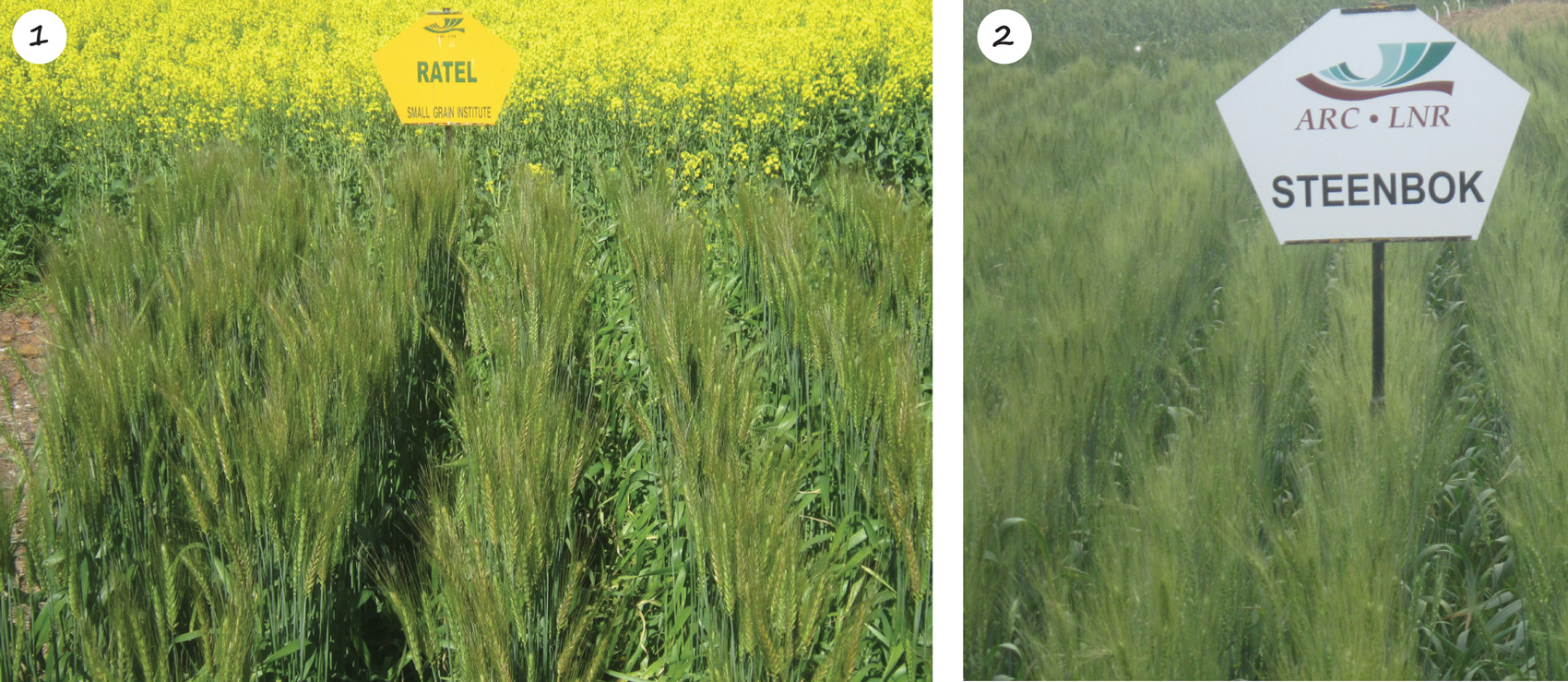
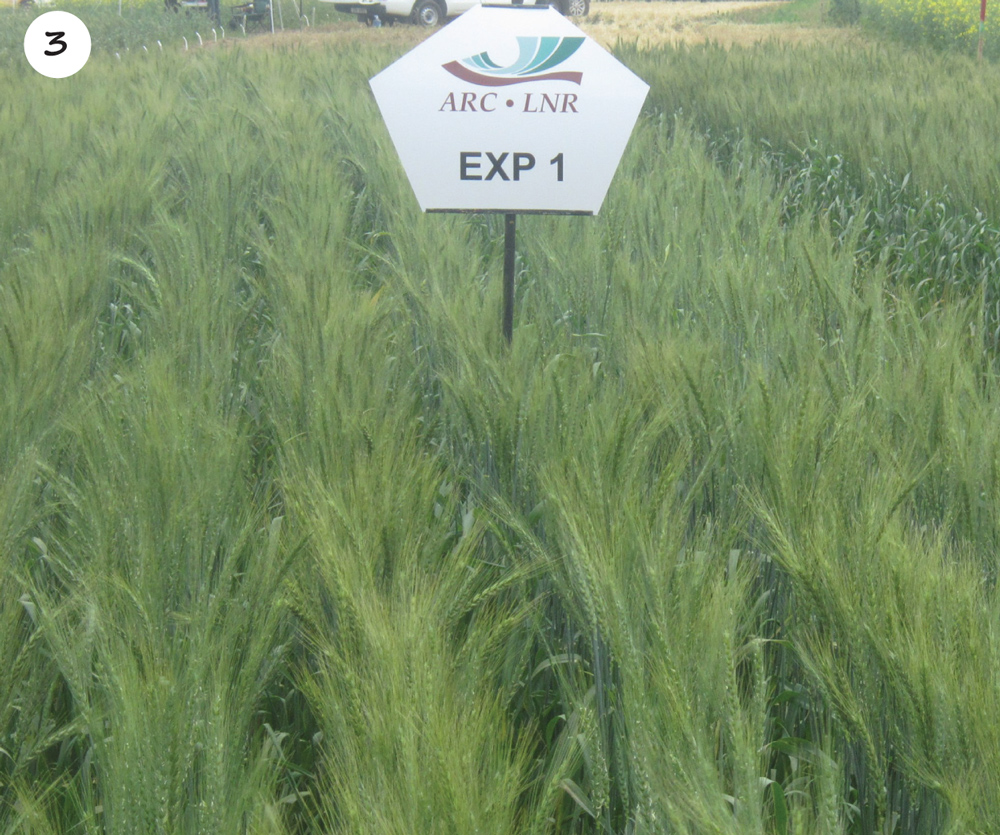
Future of wheat production in South Africa
Wheat is one of the most important crops globally and plays a noteworthy role in ensuring food security as it provides 20% of the protein and calories of a human diet. However, it is estimated that a yield increase of up to 40% will be required to produce enough wheat for human consumption by the year 2050. This ever-increasing demand for wheat poses a huge challenge considering that yields are stagnating and the effect that climate change and new disease threats have on global wheat production. This is also the situation in South Africa where 3,2 million tons of wheat are consumed annually. With a local production of 2 to 2,2 million tons there is a significant shortfall of wheat for local consumption.
However, wheat production in South Africa and especially in the Western Cape is in a crisis due to several reasons, but primarily the lack of profitability. The low wheat price and the surge in production costs have placed a large financial burden on producers. At a recent Grain SA regional meeting at Moorreesburg in the Swartland, concerned producers requested more lenient quality release criteria and the release of new white cultivars in an attempt to improve yield.
The ARC is committed to supporting producers through improved wheat cultivars that deliver under various conditions. They are in the process of releasing several new improved cultivars, including white cultivars, that will certainly appeal to producers and will have a positive impact on the industry.
References
Shew, AM, Tack, JB, Nallet, LL & Chaminuka, P. 2020. Yield reduction under climate warming varies among wheat cultivars in South Africa. Nature Communications. Vol 11:4408




